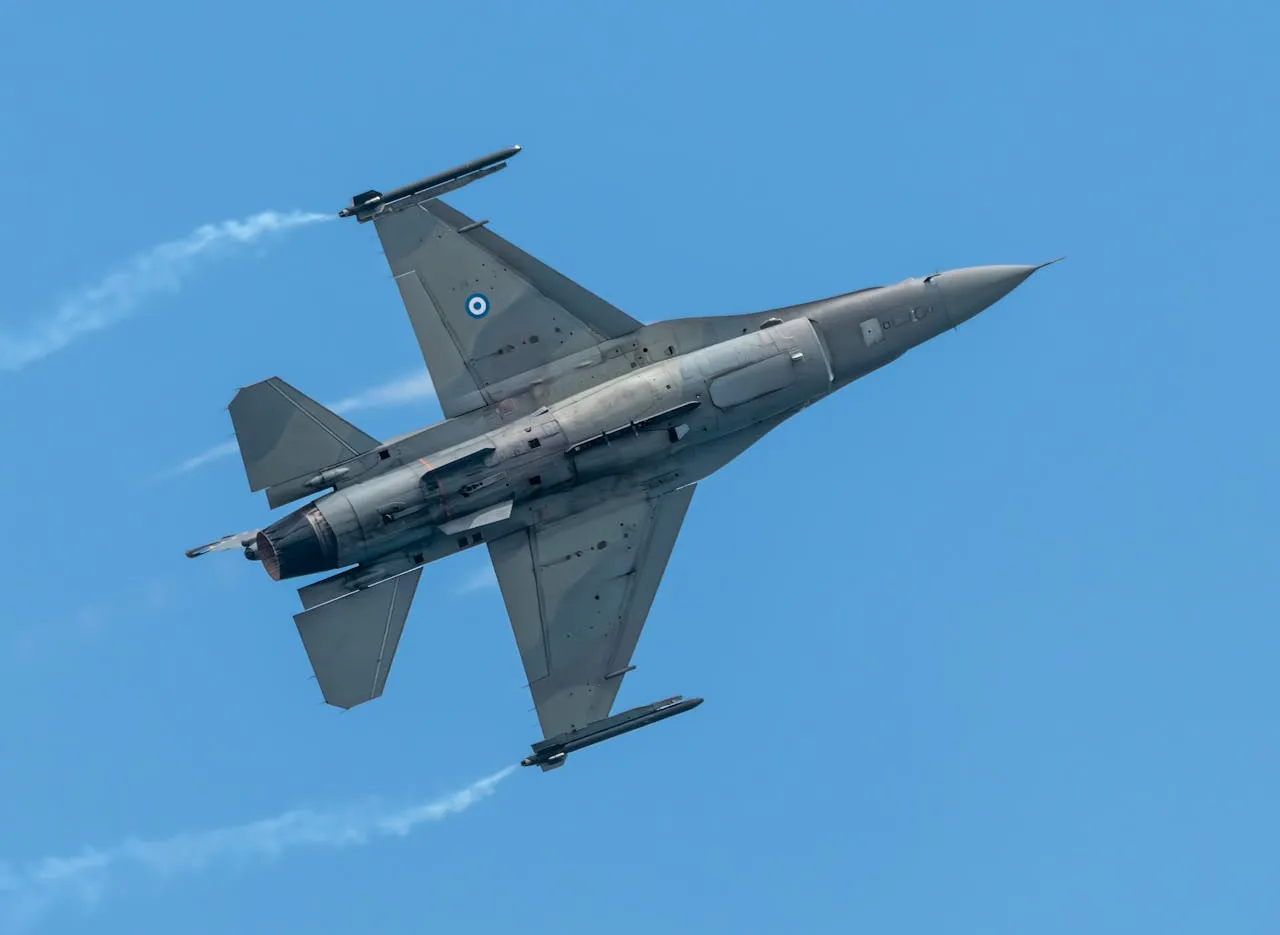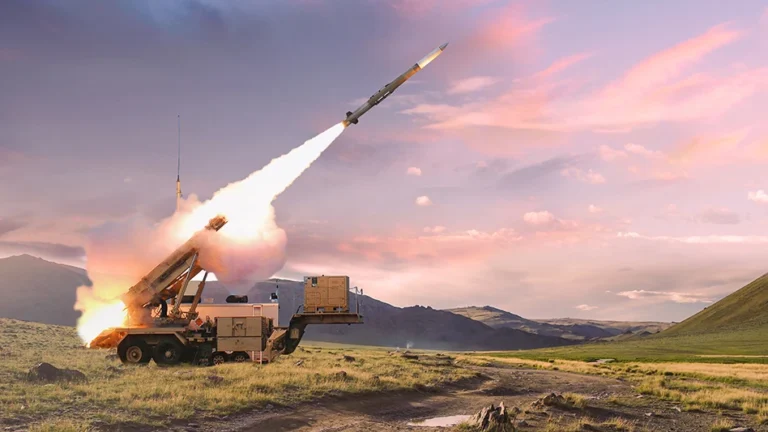
Lockheed Martin Advances 360-Degree Missile Communications with Key Milestone in RIG-360 Program
Lockheed Martin has successfully completed a major milestone in the development of its cutting-edge Remote Interceptor Guidance – 360 (RIG-360) system, marking the conclusion of the first phase of its Engineering, Manufacturing and Development (EMD) program. This accomplishment represents a significant leap forward in the evolution of 360-degree missile communication capabilities within the U.S. Army’s Integrated Air and Missile Defense (IAMD) architecture.
The RIG-360 system, being developed in partnership with the U.S. Army Program Executive Office Missiles and Space, Integrated Fires and Mission Command (IFMC), is designed to provide the Patriot Advanced Capability-3 (PAC-3) Family of Missiles with unprecedented 360-degree in-flight communication functionality. This means enhanced interoperability across battlefield systems and greater flexibility for commanders to pair the most effective weapon system with any available sensor, a core objective of the Army’s IAMD strategy.
A Game-Changing Milestone in Integrated Missile Defense
The recent progress in the RIG-360 initiative centers around the successful completion of the first Array Assembly—a sophisticated and highly complex subsystem that serves as the communications hub for the RIG-360. This subsystem is crucial as it enables the sending, receiving, and translating of radio frequency data to support beacon tracking. Its successful development formally transitions the program into the second phase of EMD.
“The completion of the first Array Assembly is not just a technical achievement; it’s a transformative step in modernizing how missile defense systems communicate on the battlefield,” said Stu Chaffey, Director of Integrated Air and Missile Defense Advanced Programs at Lockheed Martin Missiles and Fire Control. “RIG-360 is a game-changing capability. Its ability to operate within the Integrated Fire Control Network (IFCN) of the Integrated Battle Command System (IBCS) allows warfighters to neutralize threats using the most effective weapons available—regardless of where the threats originate.”
RIG-360 is one of three critical subsystems being developed as part of the EMD program. Among these, the Array Assembly is widely considered the most technically challenging and sophisticated, due to its role as the central communications interface. Its successful integration into the broader IBCS framework allows for seamless in-flight coordination between sensors and missiles, enabling faster and more accurate threat responses.
Supporting U.S. Army’s Vision of Integrated Defense
RIG-360 plays a pivotal role in supporting the U.S. Army’s vision for an agile and modular missile defense ecosystem. By ensuring full 360-degree communication during flight, RIG-360 allows PAC-3 missiles to engage threats from any direction with improved speed and accuracy.
Traditionally, missile systems have been limited by line-of-sight communication and sensor-to-shooter linkages. RIG-360 breaks this barrier by providing a dynamic and networked approach that decouples sensors from interceptors. This allows for greater strategic flexibility, more efficient use of missile inventories, and better protection of U.S. and allied forces in complex threat environments.
Moreover, the system’s ability to integrate with IBCS highlights its critical role in achieving the Army’s goal of “any sensor, best shooter”—a core tenet of modern air and missile defense strategy.
Momentum Continues with Major Contract Award and New Production Facility
Further solidifying the momentum of the program, IFMC awarded a $114 million definitized contract for the continued development and production of RIG-360 on May 9, 2025. This significant investment underscores the Army’s confidence in the capability and its importance to future battlefield readiness.
In parallel with development, Lockheed Martin is constructing a dedicated RIG-360 EMD production facility in Grand Prairie, Texas. Slated for completion in late 2026, this new manufacturing center will house cutting-edge production technologies and bring together specialized personnel, processes, and equipment under one roof. The centralized approach is expected to streamline production timelines, reduce costs, and enable rapid scaling once field deployment begins.
This purpose-built facility represents Lockheed Martin’s long-term commitment to advancing missile defense technologies and supporting the U.S. Army’s modernization goals. The integration of advanced manufacturing tools is also expected to foster innovation and operational excellence throughout the RIG-360 program’s lifecycle.




